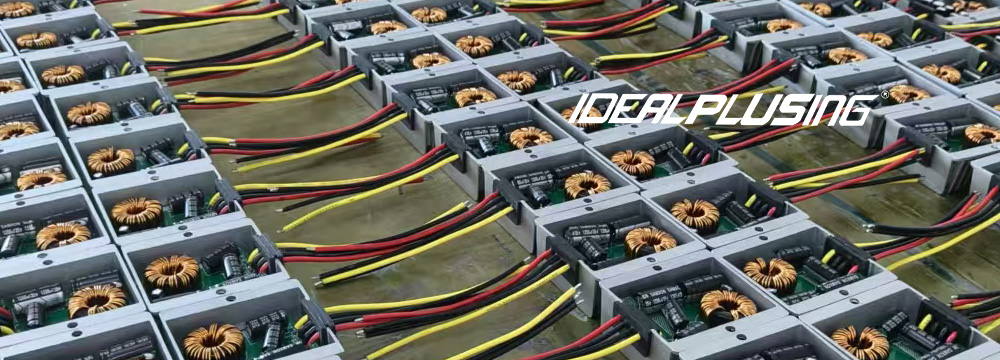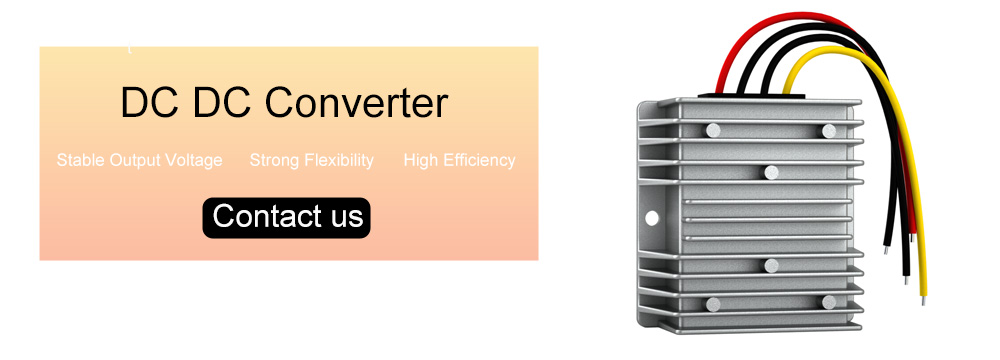How to troubleshoot some of the main components of electronic systems that don't always work as planned: switch mode, low voltage, DC-DC, single phase, non-isolated, basic buck converter circuits.

General Rules for Troubleshooting Converters
When troubleshooting, it is important to consider variables and reduce possible causes of failure.
Here are some guidelines:
You have to reliably fail the system to fix the problem. A problem that goes away on its own will come back on its own.
Change only one thing at a time and observe the effect.
If the circuit stops working, ask "what changed?" Is there an event that coincides with the failure?
See if the failure moves with the converter board, chip, or load.
With these guidelines in mind, here are a few common problems you may encounter when designing a DC-DC buck converter and some possible causes.
Problem 1: Too much ripple
If you see too much ripple, the inductance may be too low - a higher value will produce lower ripple, but slower transient response.
Also, keep in mind that larger inductor ripple current means higher peak current and greater likelihood of inductor saturation, especially at high temperatures - and will put more stress on your FETs.
Other problems could be Cout is too low (not enough storage to support the output) or Cout ESR (equivalent series resistance) is too high (causing IR drop in Cout).
Problem #2: Failure to Startup
First, ask yourself: Is the "enable" pin properly driven (or pulled up)? The same is true for the power good output.
Failure to start up can be because excessive load capacitance acts as a short and triggers current limiting. Some chips have blanking and soft-start features to overcome this.
To avoid false positives, set the current limit point as high as possible and consult with an engineer to optimize capacitance at the system level.
Make sure the V input is not drooping and that the UV lock is not activated due to a drooping input.
Problem #3: Voltage at the output when shutting down
If your circuit does shut down, but there is voltage at the output, the voltage is usually coming from another power circuit. Check for non-obvious paths to other active rails.
Problem #4: Poor Regulation
For remote Vout sensing, power path ohmic voltage drops can cause poor regulation, which can be caused by one rail (a single power converter output line) being assigned to too many loads on the board. This is why multi-rail converter ICs ("PMICs") are sometimes avoided in favor of using multiple converters next to their loads.
If your voltage sense pin is noisy, keep the layout of this pin clean and make sure any resistors associated with the sense signal are placed close to the controller.
Another explanation is that your reference voltage may be unstable when it is not filtered enough.
Problem 5: Slow transient response
The main problem here is too much output capacitance or too much inductance.
Another problem can be poor loop compensation. It is difficult to fully characterize the loop without the right equipment. But even if you don't have a network analyzer, you can use a step load and observe the transient ringing - it will tell you a lot at a low cost.
Also, during development, if the design load changes, the compensation usually has to change as well. For example, are you using a factory evaluation module with only half the load it was designed for? You will know where the problem is.







